Lucca, a major exhibition on the Lucca Caravaggesque painters. Also featuring works by Caravaggio
From Dec. 8, 2021, to Oct. 2, 2022, a major exhibition comes to Lucca, in the spaces of the former Cavallerizza, which will delve into the vicissitudes of the Caravaggesque painters in the city displaying the works of some of Lucca’s great artists, such as Pietro Paolini, Paolo Guidotti known as Cavalier Borghese, Simone del Tintore, Pietro Ricchi, Girolamo Scaglia, and Giovanni Domenico Lombardi known as the Little Man, alongside works by Caravaggio himself and all the great Caravaggesque painters, from Orazio Gentileschi to Valentin de Boulogne, from Cecco del Caravaggio to Giovanni Baglione, from Giovanni Francesco Guerrieri to Battistello Caracciolo. Entitled The Painters of Light. From Caravaggio to Paolini, the exhibition is curated by Vittorio Sgarbi.
The aim of the exhibition is to recount through seventeenth-century masterpieces the role of light in painting from Caravaggio, the first director in the history of art, to Pietro Paolini, Lucca’s protagonist of the most important aesthetic themes of the new naturalistic school. In Caravaggio’s art, everything, from the light to the cut of the composition, suggests an art we recognize, a cast of sensibilities and experiences that are not those of the seventeenth century but those of every century in which man has been present and central: this is the trace around which the exhibition develops. Pietro Paolini, Lucca’s great artist and the painter most represented in the exhibition over twenty works (out of more than 100 that comprise it) takes up the warm-toned light that illuminates the scenes predominantly invaded by subjects of the people in the same settings as Caravaggio. By Caravaggio, on the other hand, the public will be able to admire the copy, owned by the Fondo Edifici di Culto del Ministero dell’Interno, of a masterpiece such as the Seppellimento di santa Lucia di Siracusa, and two much-discussed works such as the Cavadenti and the Ragazzo che monda un frutto, the latter of which does not meet with favor with all critics.
Present in the exhibition, among the most interesting, Orazio Riminaldi’sLove Winner, Spadarino’sGuardian Angel, Antiveduto Gramatica’s Magdalene with the Symbols of the Passion on loan from the Lemme Collection, Giovanni Francesco Guerrieri’s Virgin and Child in Heaven Adored by Saints Francis and Barbara (arriving from the Cavallini Sgarbi Foundation), Trophime Bigot’s Cupid Awakened by Psyche from the Pinacoteca Civica di Teramo, Giovanni Serodine’s Christ Mocked from the Pinacoteca Züst of Rancate, Angelo Caroselli’s Necromancer from the Pinacoteca Civica in Ancona. By Paolini it will be possible to see the main masterpieces preserved in Lucca’s museums, temporarily moved to the former Cavallerizza in Piazzale Verdi for the occasion, as well as numerous works from private collections and masterpieces from the Fondazione Cassa di Risparmio di Lucca. There are also many works by Guidotti, Ricchi, Scaglia, Lombardi and Simone del Tintore.
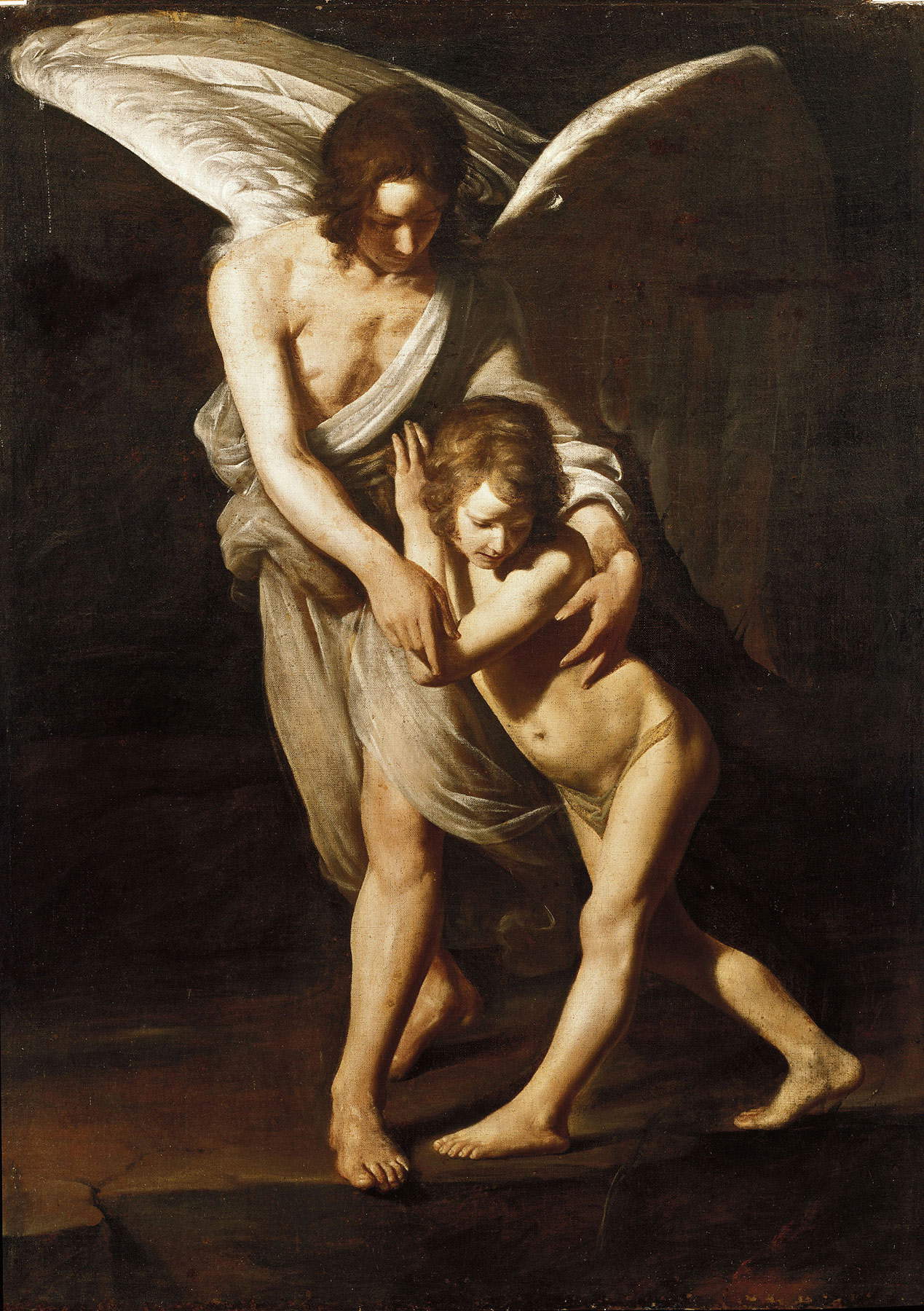
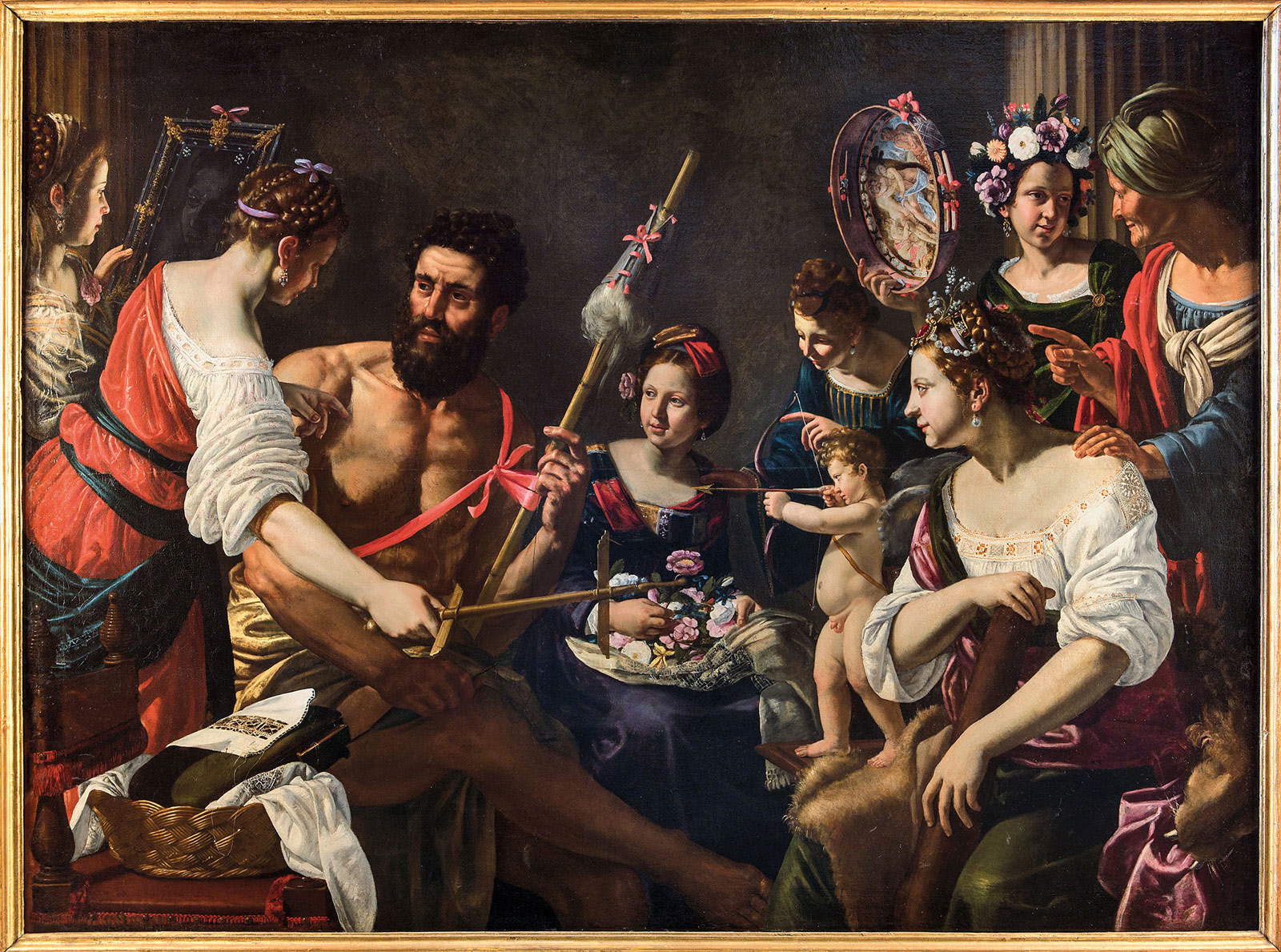
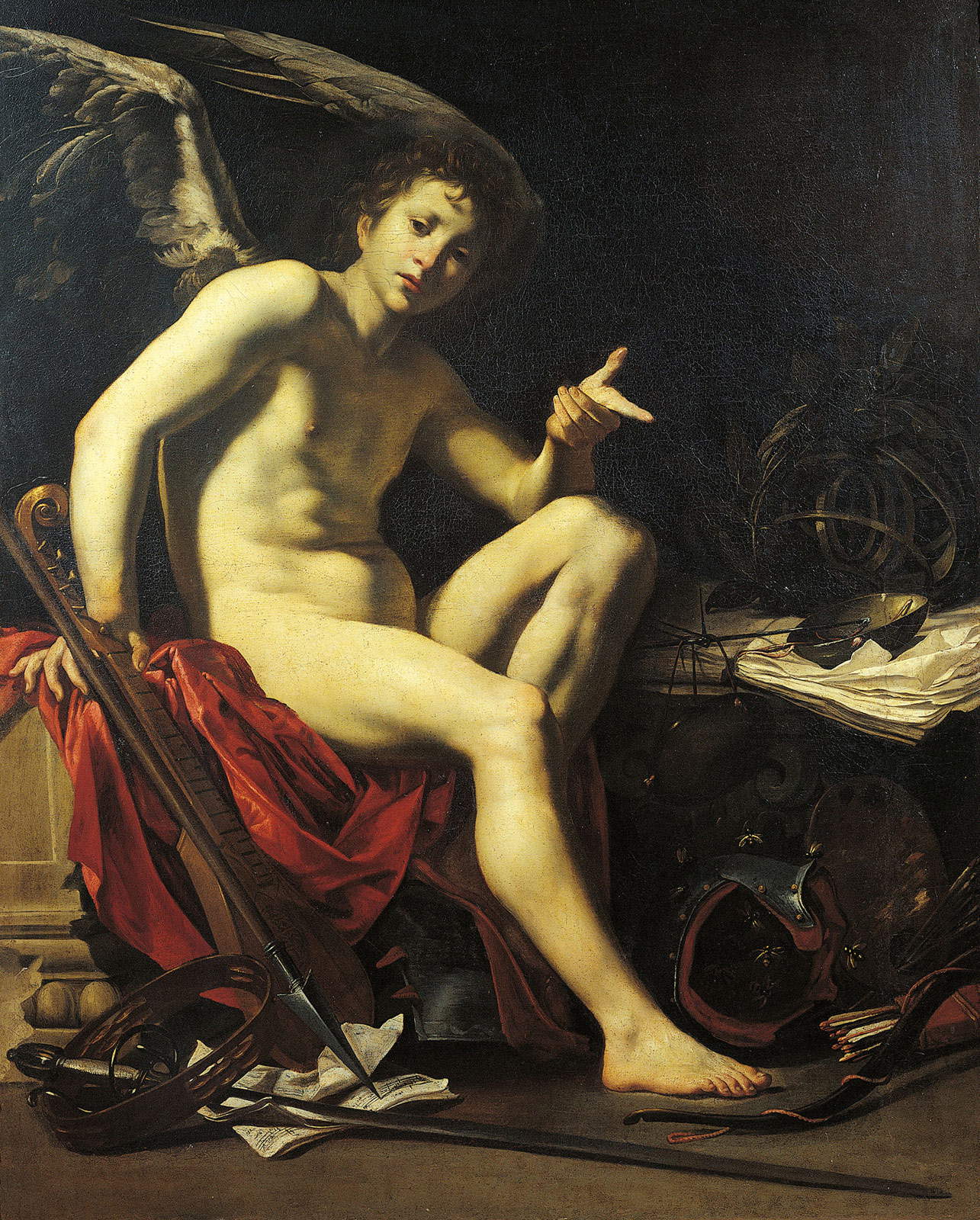
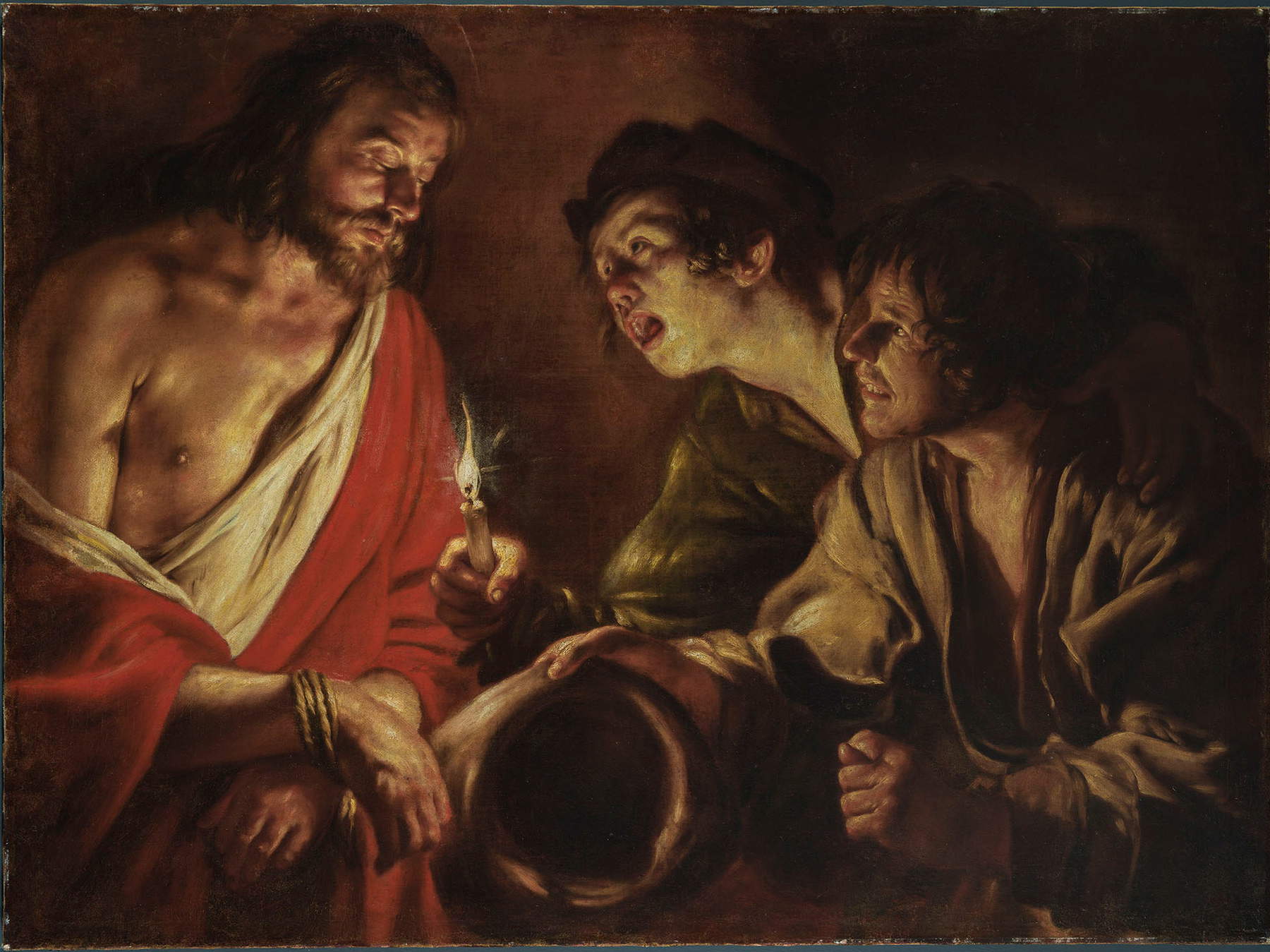
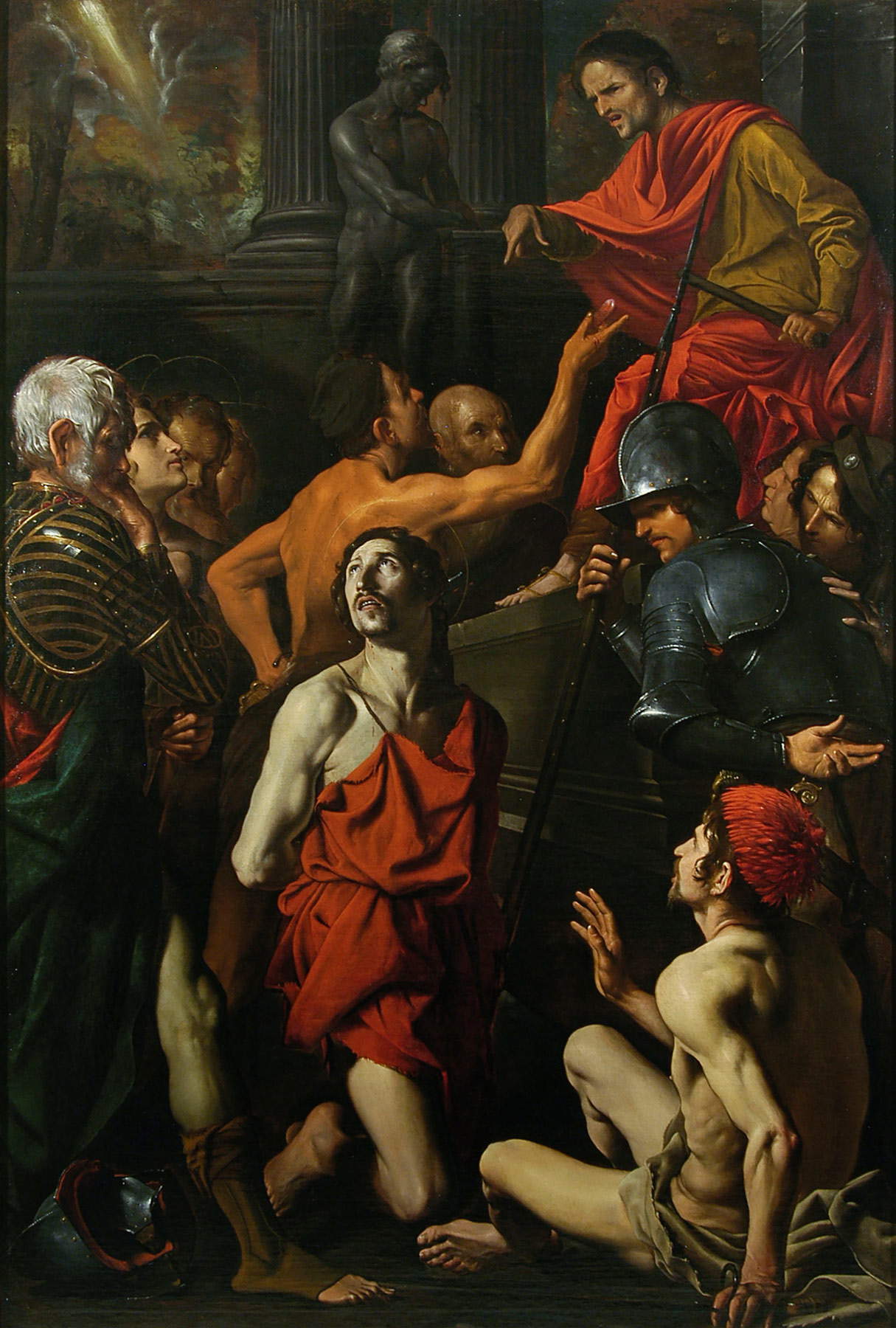
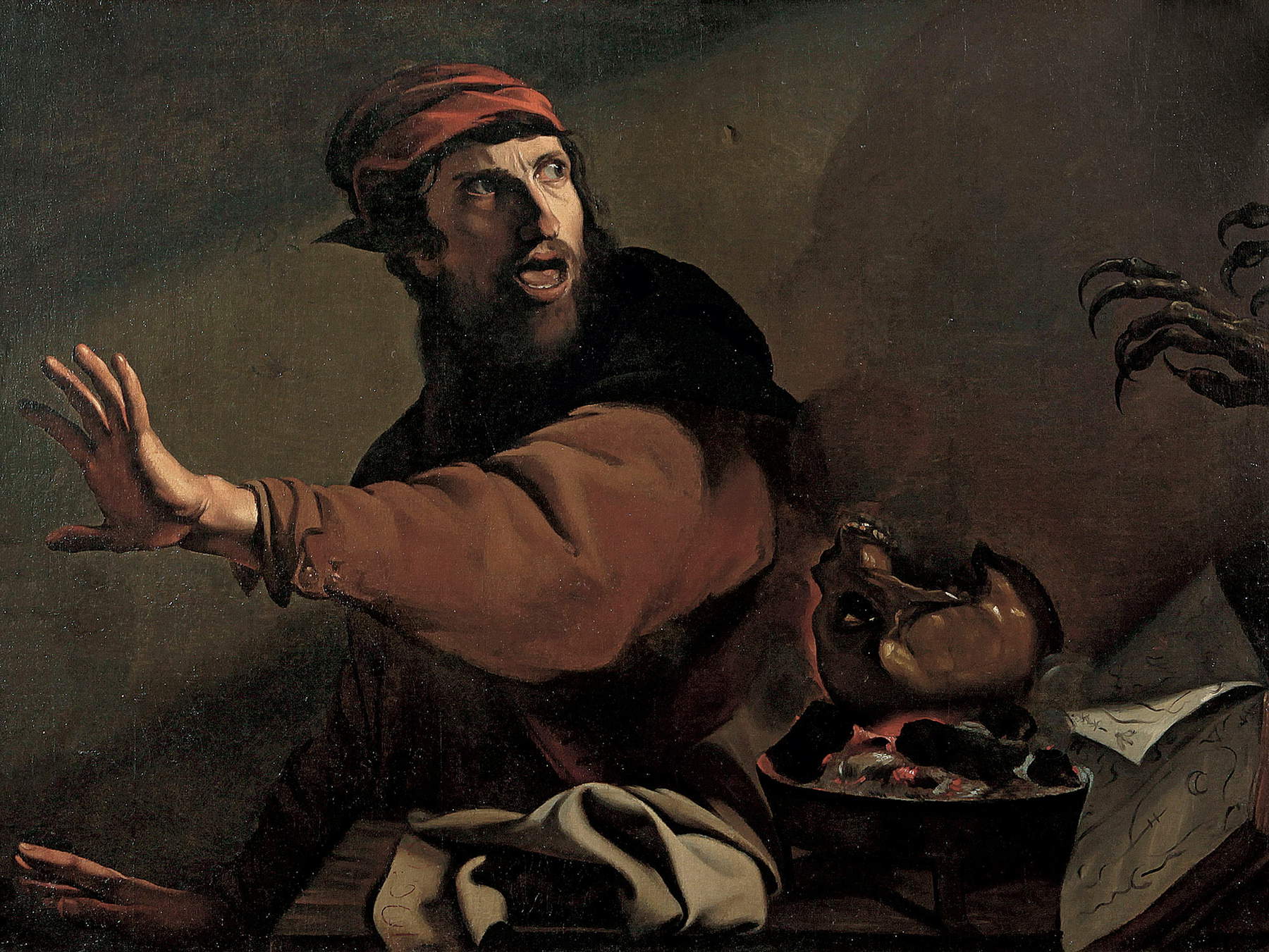
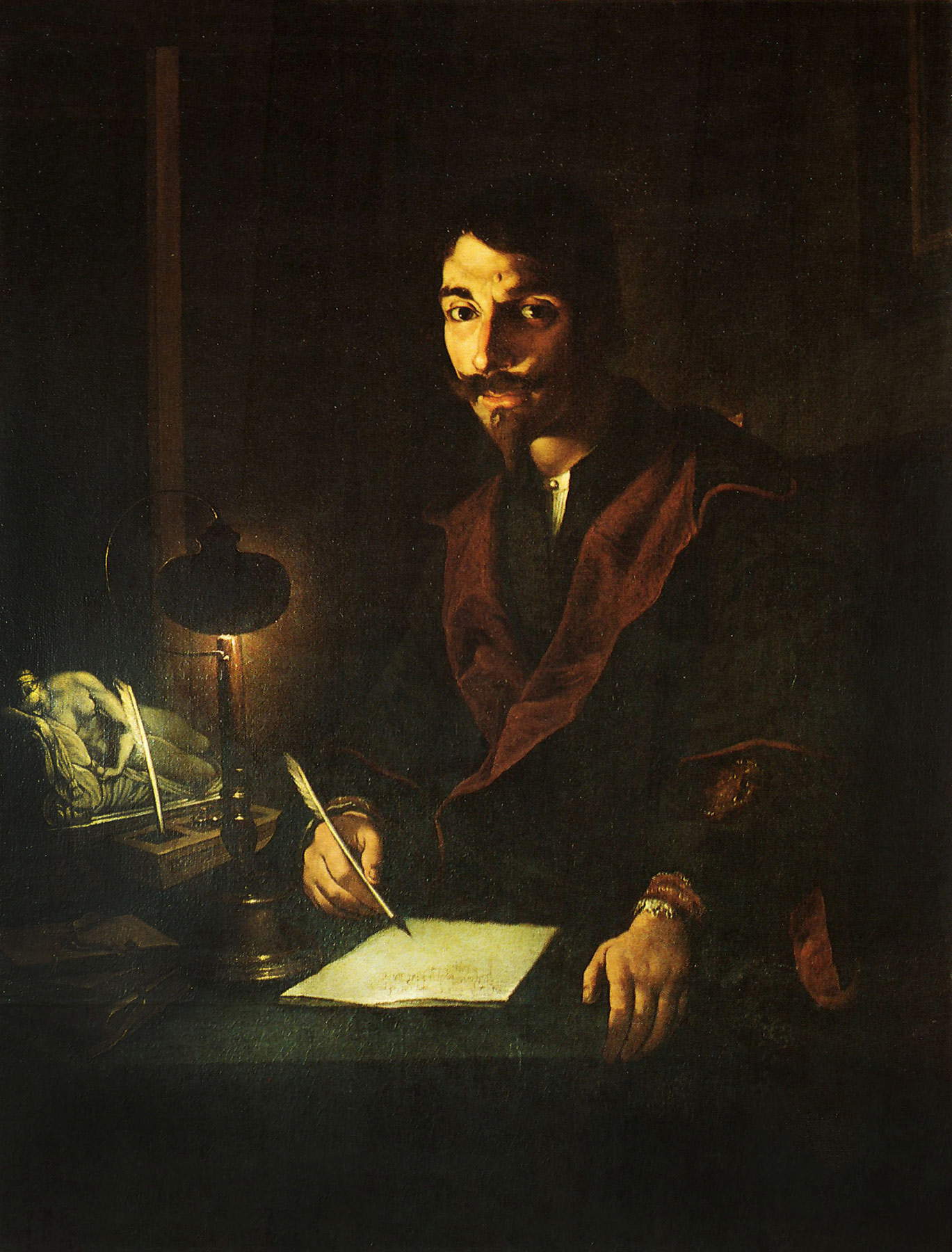
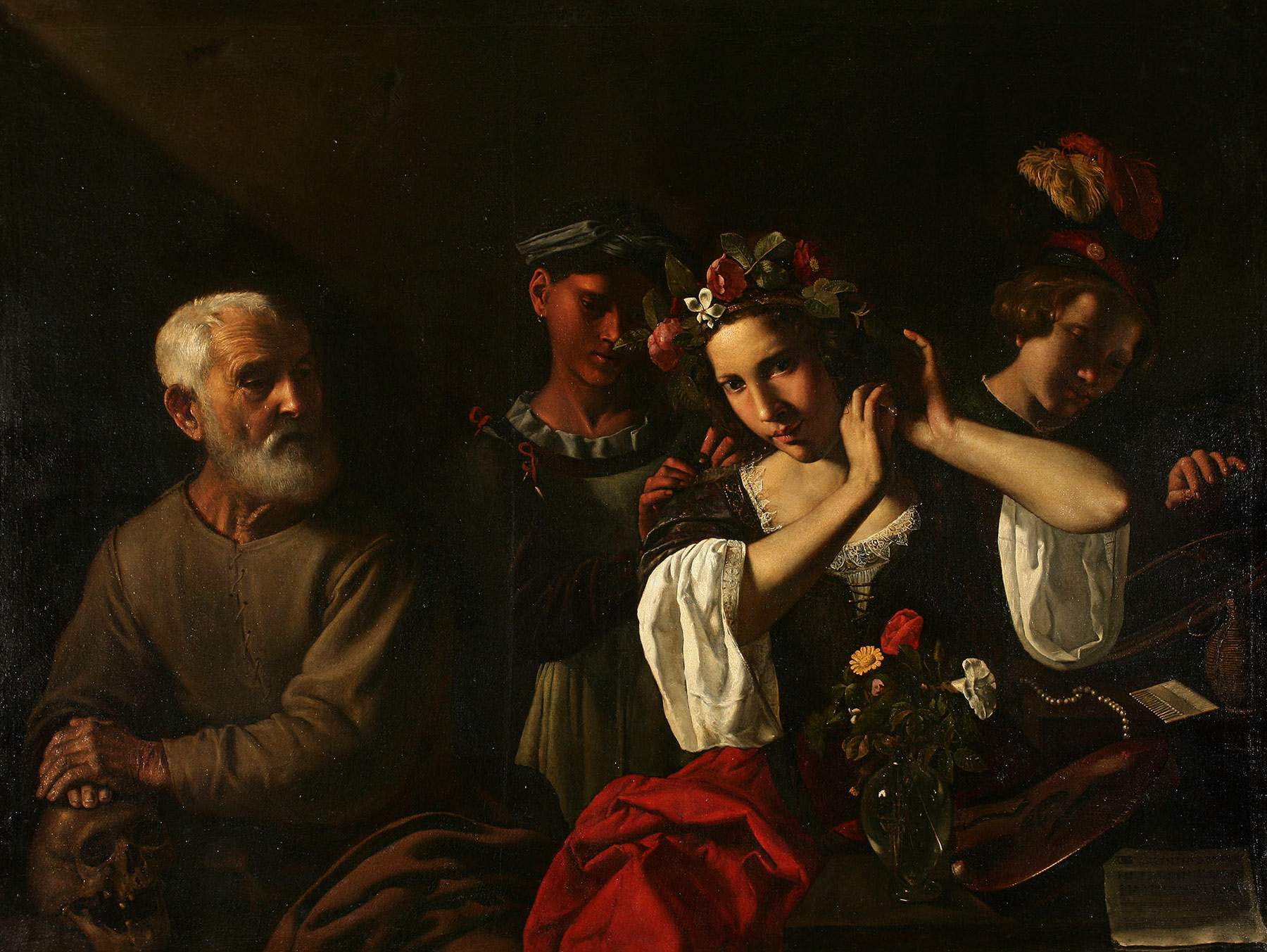
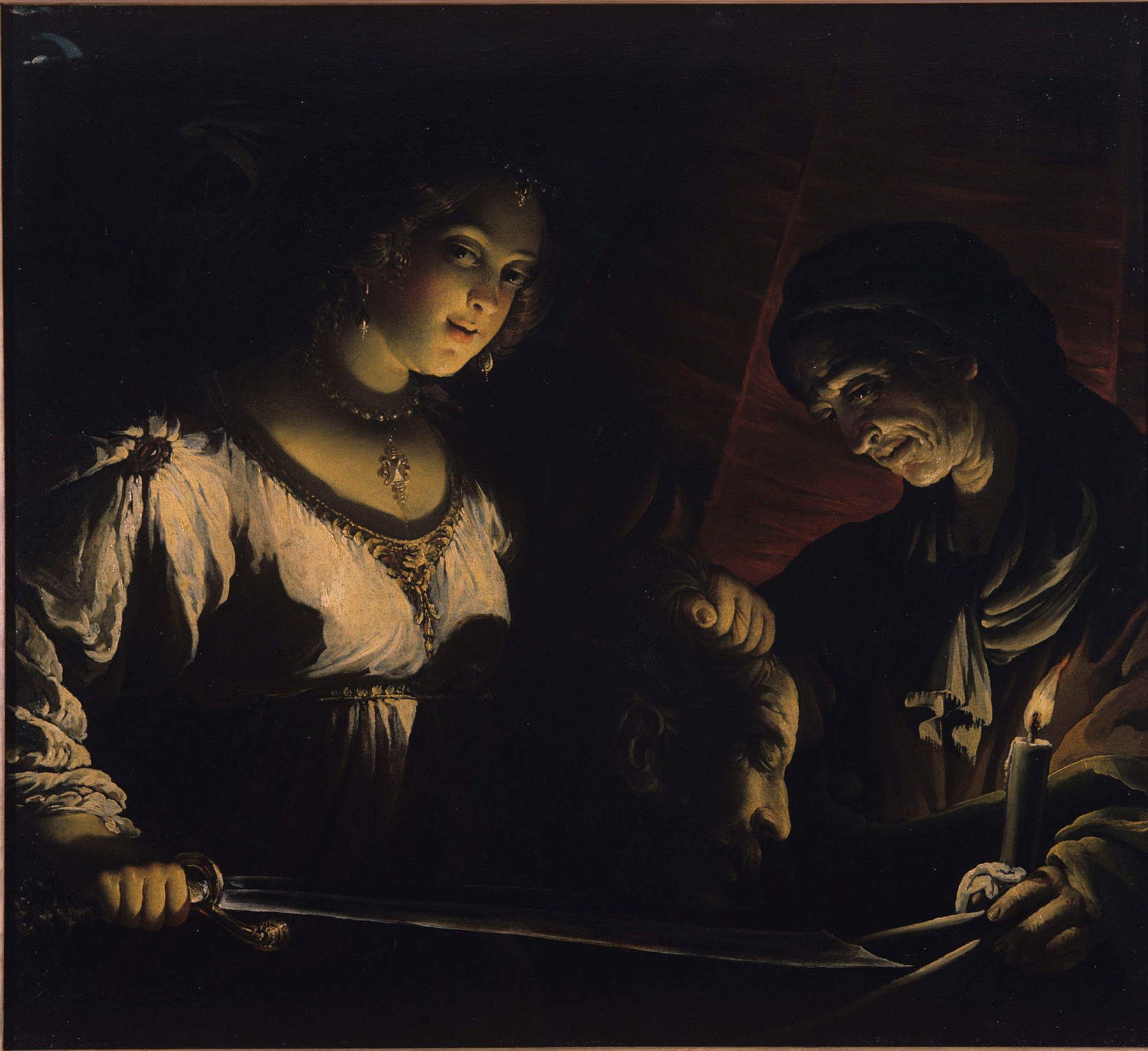
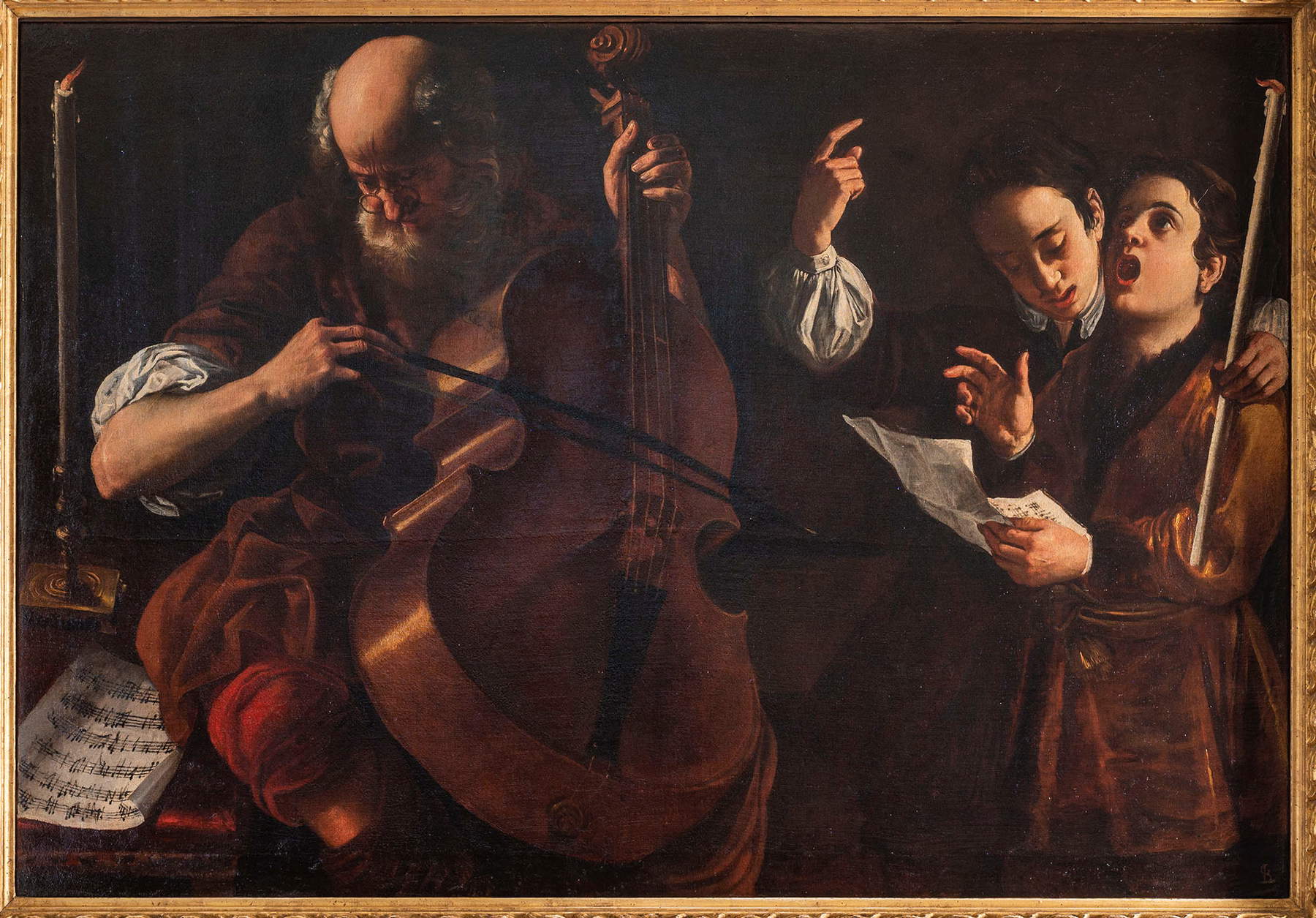
“The intention,” Vittorio Sgarbi points out, "is to restore to Pietro Paolini, a Lucchese, the reputation and extreme centrality, in the ranks of the Caravaggisti, that had been acknowledged to him by historical sources, collectors and antiquarians, with a weak reaction from historians and scholars, until the first, resounding, warning of Patrizia Giusti Maccari’s monograph (1987), in many ways meritorious. But this was not followed by a renewed historical perspective, as was the case, in the same season of studies, with personalities such as Serodine, Tanzio da Varallo, Guercino, Guido Cagnacci, Mattia Preti, and Battistello Caracciolo. Perhaps also for geographical reasons. The intensity of attentions to Lombard painting, after Longhi’s Caravaggesque overture, with Giovanni Testori’s assiduous attention to the masters of the Sacri Monti; to Emilian painting, with the great exhibitions of ancient art, and the revival of Guercino and Cagnacci (through Sir Denis Mahon’s morbid monogamous passion for Guercino, and the erotic involvement of Arcangeli and Pasini for Cagnacci); and for Neapolitan painting, with the “monstrous” engagement of Raffaello Causa and Nicola Spinosa, left Tuscany on the margins, clouded in the visionary imagination of Furini, Cecco Bravo and Pignoni. And Tuscany, with the Sienese variant, triggered by Giovanni Pratesi’s fruitful research, means Florence, with the critical endeavors of Piero Bigongiari, Mina Gregori, Luigi Baldacci, Carlo del Bravo, and the valiant following of Giuseppe Cantelli, Francesca Baldassari, Sandro Bellesi."
“It is time for beauty and light,” says Eugenio Giani, president of the Region of Tuscany. "It is in Lucca thanks to the exhibition I Pittori della Luce. From Caravaggio to Paolini, a real journey made of emotions and surprises, where the common thread is precisely light. It is light that will guide us through one hundred works by seventeenth-century artists, an itinerary curated by Vittorio Sgarbi that will kick off in the coming days at the Cavallerizza in Lucca, where the exhibition will be on view until October 2022. A truly unique occasion, a true aesthetic luxury destined to enchant and surprise us, an exhibition built by its curator to take us on a complete journey to rediscover a great painter of seventeenth-century Lucca and Italy: Pietro Paolini. And he does so by passing through the great artists of his time, such as Caravaggio, Mattia Preti, Peter Paul Rubens, Orazio Gentileschi and many others. Masterpieces that we will be able to admire for the first time in Tuscany, thanks to the tenacity and sensitivity of Vittorio Sgarbi, a friend whom I esteem and thank for this wonderful opportunity for artistic rebirth, which follows the difficult months of the most acute phase of the pandemic, during which we were forced into a long period of deprivation, including cultural deprivation. Today we need beauty more than ever. We are therefore happy and eager to immerse ourselves in this experience, which is bound to rekindle the light in our eyes and hearts."
“Colligere - to collect - is the Latin verb, the mother word from which the term collection is derived, to indicate a collection especially of objects chosen for their characteristics,” says Lucca Mayor Alessandro Tambellini. "But the original idea of collecting refers to a conscious gesture, permeated with specific will, which, in the artistic sphere, translates into the ability to know and know how to make works converse with each other, weaving a narrative that tells cultural contexts that have disappeared today but are still powerfully present within art objects. This same action, with the purpose of deepening, knowledge and dissemination, can be expressed in an exhibition that temporarily collects and makes available to everyone works of art from collections and contexts that are often far away or not easily accessible. This is the spirit that animates the exhibition The Painters of Light. From Caravaggio to Paolini curated by Vittorio Sgarbi. A unique opportunity for Lucca to delve into an era that saw the city - in close relations with many European capitals - make an important contribution to Italian culture. An itinerary that astonishes like few others for its breadth and participatory intensity in recounting the role of light in painting, where Caravaggio, with the force of realism, paves the way and runs in parallel with new ways of studying reality physical and social, no longer ordered according to preconstituted ideal categories, but concretely analyzed from the criteria of experience that progressively grow, change, and select the results arising from the factuality of the investigation."
“Living, working, studying, moving in the midst of beauty can end up raising the risk that some of that beauty is no longer seen. Or, at least, one no longer sees it as it deserves to be seen,” comments Stefano Ragghianti, alderman for culture. "We can get used to anything, sometimes for the bad sometimes for the good. Those fortunate enough to live in places where the overall quality of life is still acceptable, if not rewarding, can end up losing the value of some aspects of life itself. Then there are times when, conversely, that beauty is all concentrated and made available to the community through long and complex work. An art exhibition is one such moment, and the exhibition The Painters of Light. From Caravaggio to Paolini will mitigate this risk. It will do so, we are convinced, by bringing together works that at the same time belong to international and local cultural heritage. Caravaggio’s greatness will in fact be accompanied by many authors from that school and period, some of them from Lucca. In fact, many works leave their places of conservation, including city ones, for the first time, making them available to a wide and diverse public. Specialists, scholars, researchers and passionate experts, but also a public less accustomed to large exhibitions, will be drawn to these masterpieces. A collection of works of art from all over the world and capable of placing objectively lesser-known figures alongside well-known names is at the same time an operation to enhance the cultural heritage of the City of Lucca, its history, its identity and its territory. When we think of new balances and future scenarios, we must think that there will no longer be closed or stationary cities, but cities open to large flows of visitors, seeking not only beautiful squares and monuments, good food and good wine, but something different. Something not palpable but essential. Like a ray of light."
“A great exhibition and a fundamental opportunity for the city of Lucca,” says Marcello Bertocchini, president of the Fondazione Cassa di Risparmio di Lucca. “Fundamental because of the historical conjuncture in which it takes place, in a crucial transitional period for a society greatly tried by events, but also decidedly hungry for culture. Fundamental because Vittorio Sgarbi’s attentive gaze finally places a wide circuit of Italian and international painting in a direct relationship with the production that characterized Lucca’s seventeenth-century art. From Caravaggio to Paolini. An affair of inventions, translations, influences and contaminations told in the many nuances - pictorial and otherwise - by the very works in the exhibition, which speak of light and darkness, of different perspectives to deal with similar themes. Light, in fact, as the recognizable denominator of a story that involves different areas of Italy and Europe and that today is told in Lucca in a completely new key.”
The exhibition will be open daily from 10 a.m. to 8 p.m. with last entry one hour before closing. Tickets cost: full 12 €, reduced 10 € (under 18, over 65, university students, groups of 10 to 20 people), schools 6 €, families (1 or 2 adults + children aged 7 to 19 = adult 10 € + child 6 €, free up to 6 years). Info and ticketing: lucca@contemplazioni.it
 |
| Lucca, a major exhibition on the Lucca Caravaggesque painters. Also featuring works by Caravaggio |
Warning: the translation into English of the original Italian article was created using automatic tools. We undertake to review all articles, but we do not guarantee the total absence of inaccuracies in the translation due to the program. You can find the original by clicking on the ITA button. If you find any mistake,please contact us.




























